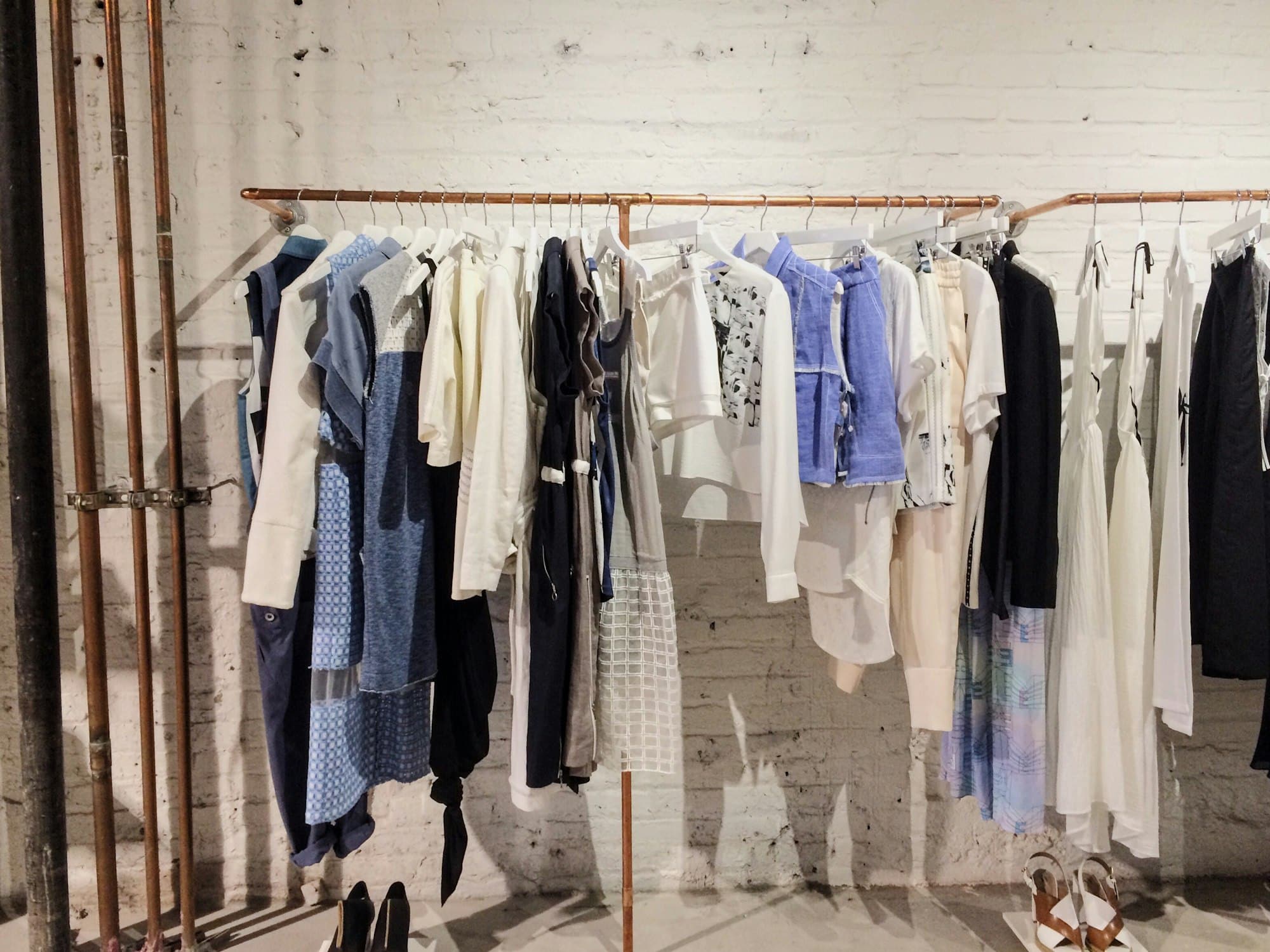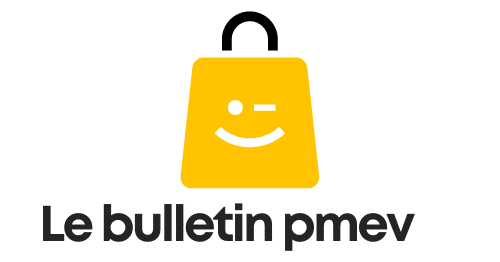What are the key success factors for retail pop-up store locations in urban areas?

In the ever-evolving retail landscape, pop-up stores have emerged as a popular marketing strategy for brands of all sizes. Pop-up stores cater to the modern consumer’s taste for a unique shopping experience and the opportunity to purchase exclusive, often limited-edition, products. For businesses, these temporary retail spaces provide an efficient way to test new concepts, engage customers, increase brand awareness, and boost sales without significant upfront investment. However, to capitalize on the potential benefits, it’s crucial to strategize on various factors, especially location. Here’s an in-depth exploration of the key success factors for retail pop-up store locations in urban areas.
Understanding the Pop-Up Retail Concept
Before diving into the crucial factors for success, let’s take a moment to understand what pop-up retail entails. In essence, a pop-up store is a temporary shop that opens for a short period, typically ranging from a few days to a few months.
A voir aussi : What are the latest advancements in acoustic engineering for residential properties?
Pop-up stores have grown in popularity due to their novelty and the sensory experience they create. Brands often use these spaces to launch new products, showcase an exclusive line, or simply to create buzz around their offerings. The temporary nature of these spaces adds a sense of urgency that often triggers impulsive buying, thereby boosting sales.
However, the success of a pop-up store largely depends on its location. The right location not only attracts more customers but also aligns with the brand’s identity and the store’s purpose. Let’s look at how businesses can choose the best locations for their pop-up retail stores.
A voir aussi : How to structure a commercial real estate deal to accommodate multiple investors?
Location, Location, Location
In real estate and retail alike, one rule holds true: location is everything. Choosing the right location for your pop-up store is a strategic decision that can significantly influence your store’s success.
Urban areas attract a diverse demographic, from locals to tourists, which can broaden your customer base. These areas are often densely populated, guaranteeing high foot traffic, which is vital for a pop-up shop. A busy street, a bustling shopping mall, or a popular city square could provide the visibility and customer influx necessary for your pop-up store to thrive.
However, it’s not enough simply to choose a busy location. It’s crucial to ensure that the location aligns with your brand and the products you offer. For example, a high-end fashion brand might opt for a pop-up location in a trendy, upscale neighborhood. Conversely, a brand selling eco-friendly products might choose a location in a neighborhood known for its green initiatives and eco-conscious residents.
In-Store Experience and Space Utilization
Creating a unique and memorable in-store experience is another key success factor for pop-up stores. Remember that customers visiting your pop-up store are not only there to shop. They are also seeking a unique experience that traditional brick-and-mortar stores or online shopping cannot provide.
Your pop-up store should offer an atmosphere that reflects your brand’s personality and values. Whether it’s through a distinctive store layout, interactive product displays, or engaging activities, ensure that your customers’ experience in your store is memorable and shareable. This will not only enhance customer satisfaction but also spread the word about your brand via social media.
Space utilization is also crucial in creating this experience. Given that pop-up stores often have limited space, it’s essential to use it efficiently. Display your products creatively, ensure easy navigation, and set up eye-catching window displays to attract passersby.
Marketing and Promotion Strategies
Even the most well-located and beautifully designed pop-up store can fail without effective marketing and promotion. It’s essential to create a buzz around your pop-up store before it opens and continue the momentum while it’s operating.
Use both online and offline marketing strategies to reach your target audience. Social media is a powerful tool to create anticipation, showcase your products, and share behind-the-scenes footage of your pop-up store. You could also partner with influencers or local celebrities to reach a wider audience.
Offline, consider distributing flyers in the local area or collaborating with neighboring businesses to cross-promote each other. A well-executed marketing strategy will drive traffic to your store and increase the chances of your pop-up store’s success.
Navigating Local Regulations and Building Relationships
Finally, it’s crucial to understand and adhere to the local regulations of your chosen location. This includes obtaining necessary permits, understanding zoning laws, and complying with health and safety standards. Navigating these regulations can be a complex process, but it’s an essential step in setting up a successful pop-up store.
Moreover, building relationships with local businesses can be incredibly beneficial. These relationships can lead to collaborations, mutual support, and referrals, contributing to your pop-up store’s success.
In summary, while opening a pop-up store in an urban location offers numerous opportunities, it’s important to carefully consider each of these factors to maximize your chances of success. A strategic location, unique in-store experience, effective marketing, compliance with local regulations, and strong community relationships are the key ingredients for a successful pop-up retail store.
Examining Pop-Up Shop Success Stories
To fully understand the factors that contribute to a successful pop-up shop, it’s valuable to examine some real-life examples. Many businesses, from fashion brands to food vendors, have leveraged the concept of pop-up shops to experiment, engage customers, and drive sales.
For instance, Nike, a leading player in the sports and lifestyle industry, has often used pop-up stores to launch limited-edition products. By choosing strategic urban locations with high foot traffic, Nike has successfully created hype and urgency around its exclusive releases, leading to increased brand awareness and revenue.
On the other hand, small businesses like Warby Parker, an online eyewear brand, utilized pop-up stores as a stepping stone before investing in permanent brick-and-mortar stores. Initially, they opened a pop-up shop in a converted school bus. This unconventional retail space not only attracted a lot of attention but also allowed the brand to test the market’s response to physical retail spaces. After seeing positive results, they eventually expanded into permanent retail locations.
Etsy, an e-commerce website focused on handmade and vintage items, also organized a pop-up shop in New York City during the holiday season. The company capitalized on the increased foot traffic during this period and provided a platform for small businesses to showcase their products, resulting in a win-win situation for all.
These success stories highlight the need for strategic location selection, an understanding of your customer base, and the ability to create a unique and engaging shopping experience.
Conclusion: Embracing the Pop-Up Retail Trend
As the retail landscape continues to evolve, brands must adapt to changing consumer preferences and market trends. Pop-up stores offer an excellent opportunity for both established businesses and startups to test new ideas, engage directly with customers, and differentiate themselves from the competition.
However, the success of a pop-up store doesn’t happen by chance. It requires careful planning and execution. Selecting the right urban location, creating a unique in-store experience, employing effective marketing strategies, and adhering to local regulations are all crucial steps in setting up a successful pop-up store.
Furthermore, it’s important to remember that a pop-up store is more than just a temporary retail space. It’s an opportunity to tell your brand’s story, create lasting impressions, and build strong customer relationships. By considering these factors and learning from the success stories of other brands, businesses can harness the power of pop-up retail to create a lasting impact in the market.
In the future, as brands continue to look for innovative ways to engage customers and stand out in a crowded market, the pop-up retail trend is likely to continue its rise. As such, understanding the key success factors for pop-up store locations in urban areas will be an essential skill for any business looking to capitalize on this trend.
